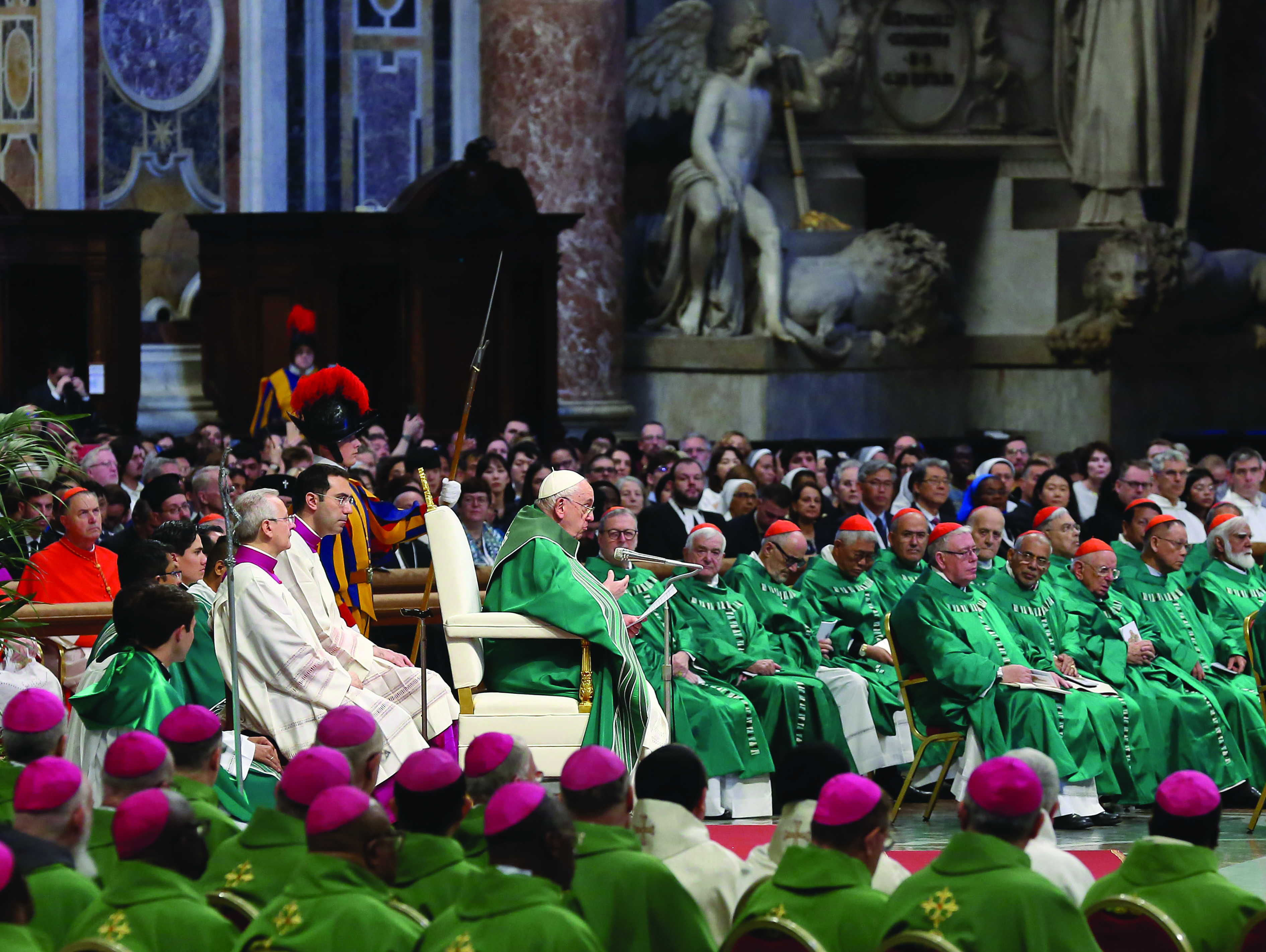The battle cry of 1970s feminism, “Biology is not Destiny,” has been exposed as an empty slogan as the Humanum Colloquium builds upon the groundwork laid by St. John Paul II’s profound exposition of the theology of the body. Masculine and feminine are not categories “imposed” from without on the basis of one’s bodily features, but rather each is an intrinsic character which is expressed outwardly by the body.
Dubbed by Pope Francis the “Pope of the family” at his canonization, St. John Paul II left the world teachings on human love, sexuality, marriage and the family, including the theology of the body, that are the richest in the history of the Magisterium, says Fr. Roger Landry, Chaplain of Catholic Voices USA.
Most of our modern questions on the family were tackled in great depth in John Paul’s 1981 exhortation Familiaris Consortio (The Role of the Family in the Modern World). In 1994 he wrote his Letter to Families — which developed how “the history of mankind, the history of salvation passes by way of the family.”
Most thoroughly developed was his five-year catechesis on Human Love in the Divine Plan, which centered on the nuptial dimension of human life and the importance of the sacrament of marriage in human redemption. These talks became known as “the theology of the body” and have had a growing impact on Christian thinking about what it means to be embodied as male or female.
According to Professor John Grabowski, Department of Theology, Catholic University of America, “Reflecting on the Genesis accounts of creation, Pope John Paul II underscored the way in which the body reflects or expresses the person.
“The human person discovers his dignity through his body and its capacity to express his ability to think and to choose, unlike the animals, who lack this ability,” he said.
“Yet humanity is radically lacking in its expression in only one sex,” Grabowski explains. “The full meaning of the body and hence the human person is revealed only when the man stands over against another unique way of being human—woman. This distinctive way of being a person and a gift for others, male and female, reflects what the late Pope called ‘the nuptial meaning of the body.’”
It is precisely this “complementarity” between the sexes that formed the overarching theme of the Humanum colloquium.
Fr. Landry observes that “Pope Francis emphasized, with great pastoral wisdom, that without the fuller proclamation of the love of God, there’s a danger that many will misconstrue the Church’s teachings in areas of human sexuality, marriage and family as arbitrary rules that have little connection to Jesus.”
John Paul II’s teachings, however, especially his theology of the body, provide the kerygmatic “context” Pope Francis insists is so crucial, says Fr. Landry. They demonstrate that the Church’s teachings are not a “disjointed multitude of doctrines,” but, in fact, part of a whole message of who God is, who the human person — “male and female” — is, and the right path after the Fall to grow more and more into God’s likeness as a communion of persons in love.






Facebook Comments